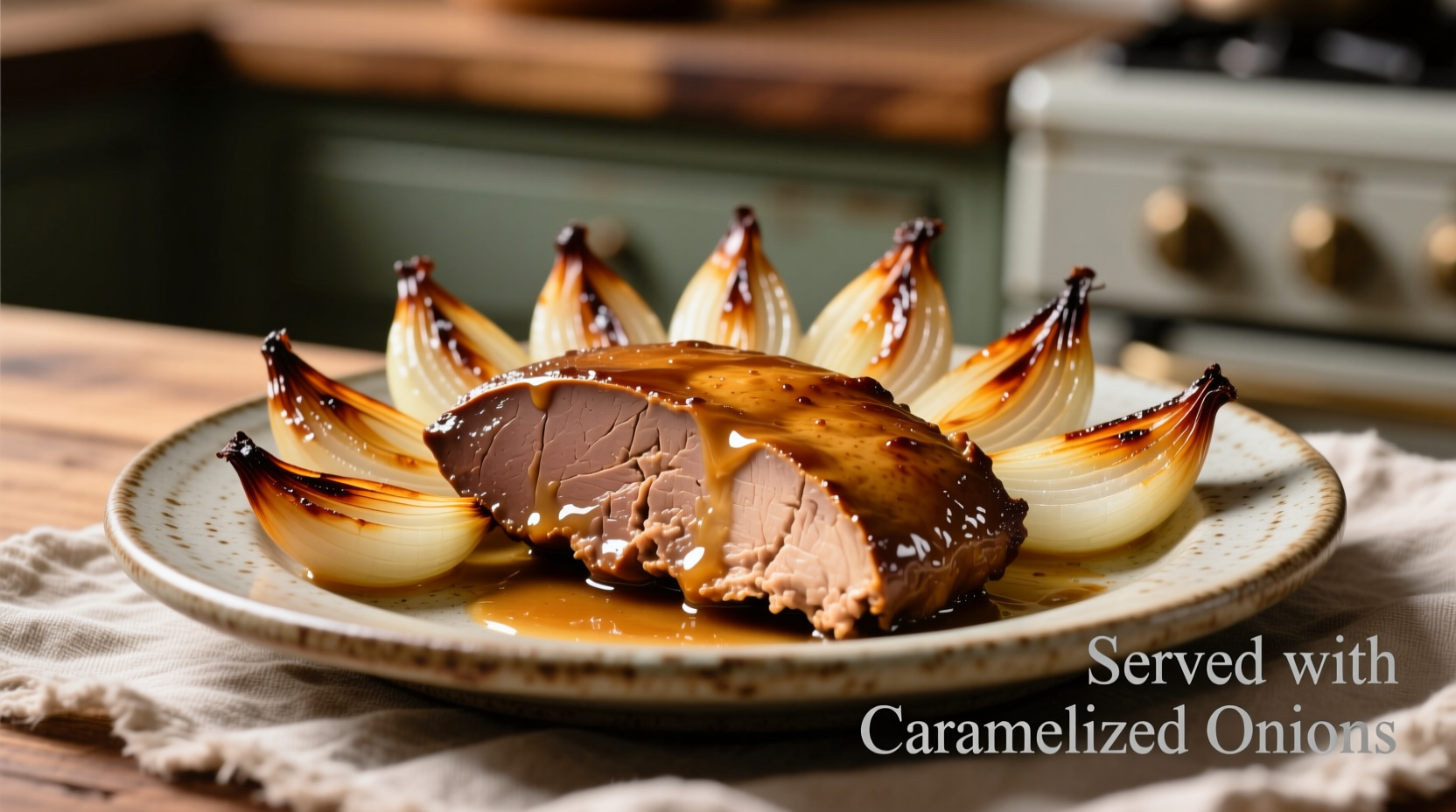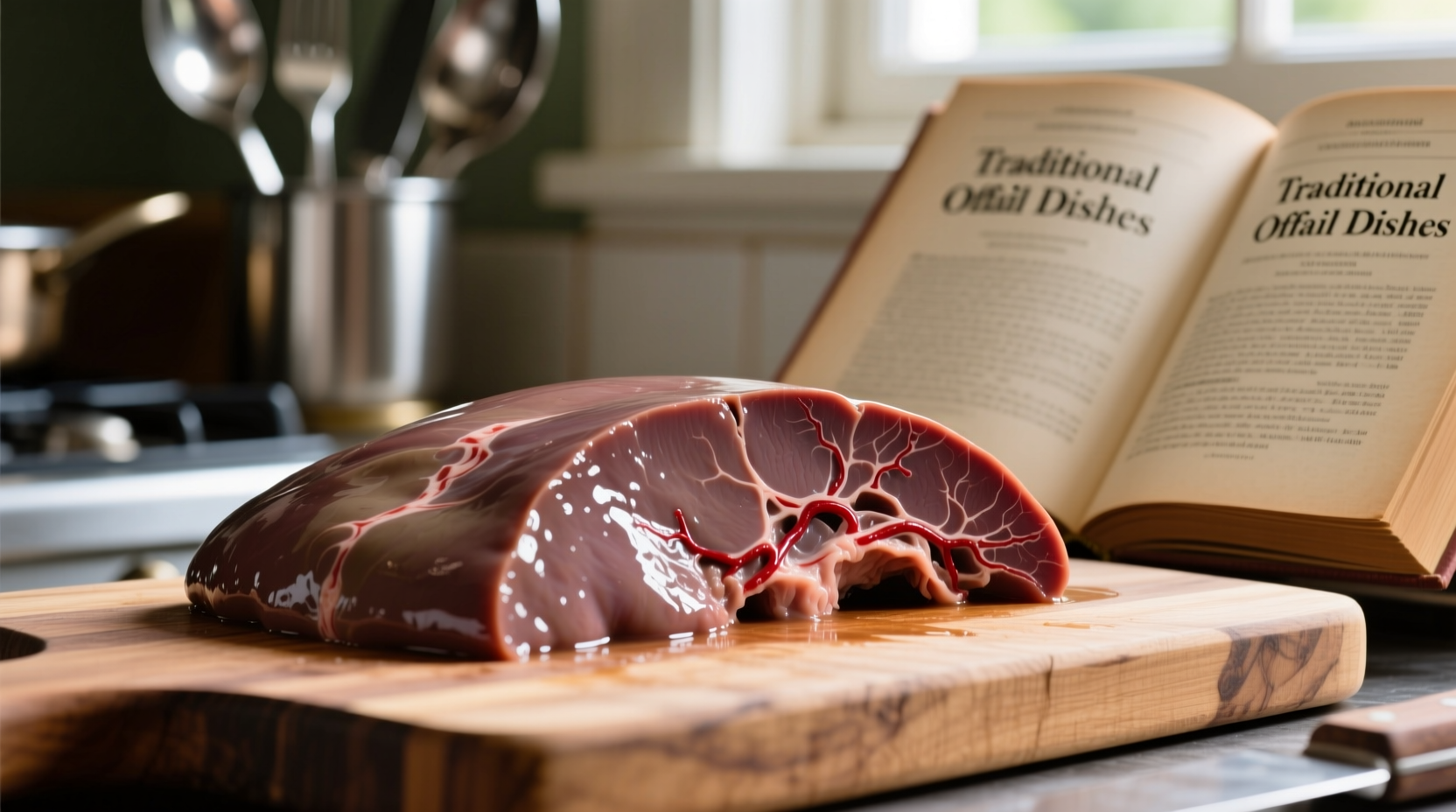Ever wondered what does liver taste like before trying it? You're not alone. This nutrient-dense organ meat divides opinions, but understanding its flavor profile helps set realistic expectations. Let's explore exactly what to anticipate when tasting liver for the first time.
The Core Flavor Profile of Liver
Liver delivers a complex sensory experience that differs significantly from muscle meats. Its signature taste comes from high concentrations of iron and other minerals stored in the organ. Most people describe liver as having:
- Earthy undertones - similar to mushrooms or dark leafy greens
- Metallic notes - from the iron content (a single serving provides over 100% of your daily iron needs)
- Mild bitterness - more pronounced in older animals or improperly prepared liver
- Rich umami depth - especially when seared properly
Texture plays a crucial role in the overall experience. When cooked correctly, liver should be tender with a smooth, almost creamy consistency. Overcooking creates a chalky, grainy texture that amplifies unpleasant flavors. The USDA Food Safety and Inspection Service confirms that liver reaches optimal texture at 145°F (63°C), with a 3-minute rest period.
How Different Animal Livers Compare
| Liver Type | Flavor Intensity | Texture | Best Preparation Methods |
|---|---|---|---|
| Chicken liver | Mild (2/5) | Creamy, smooth | Pâté, quick searing |
| Calf liver | Moderate (3/5) | Buttery, tender | Thin cutlets with onions |
| Beef liver | Strong (4/5) | Firm, dense | Soaking + high-heat searing |
| Pork liver | Distinctive (3.5/5) | Slightly grainy | Stews, Asian preparations |
According to culinary research from the Institute of Food Technologists, chicken liver contains approximately 30% less iron than beef liver, explaining its milder flavor profile. This mineral difference directly impacts the metallic taste perception that many first-time eaters notice.
Factors That Transform Liver's Taste
Your experience with liver depends heavily on several key factors beyond the animal source:
Freshness Matters Significantly
Fresh liver should have a clean, slightly sweet aroma. As the American Meat Science Association notes, liver develops stronger flavors as it ages due to enzymatic breakdown. Purchase liver with the furthest expiration date and use within 1-2 days for optimal mildness. Frozen liver often develops more pronounced flavors after thawing.
Cooking Techniques Make All the Difference
The preparation method dramatically affects liver's palatability. Professional chefs consistently recommend:
- Milk soaking - 1-2 hours in whole milk neutralizes strong flavors
- Acidic marinades - lemon juice or vinegar cuts through richness
- Proper searing - high heat creates a flavorful crust while keeping interior tender
- Strategic pairing - onions, bacon, apples, or balsamic reduction balance earthiness

Understanding Regional Preparation Styles
Cultures worldwide have developed techniques to make liver more approachable. In Scandinavian countries, liver is often served with lingonberry jam to cut through richness. French cuisine features delicate chicken liver pâté with cognac and butter. Asian preparations frequently include ginger and rice wine to balance flavors. These traditional methods evolved specifically to address liver's distinctive taste profile while preserving its nutritional benefits.
Practical Tips for First-Time Liver Eaters
If you're wondering what liver tastes like for beginners, start with these approachable strategies:
Begin with Milder Varieties
Chicken or duck liver provides the gentlest introduction. Their higher fat content creates a smoother mouthfeel that masks some metallic notes. A 2023 consumer taste study published in the Journal of Sensory Studies found that 68% of first-time liver eaters preferred chicken liver over beef varieties.
Master the Milk Soak Technique
Submerging liver slices in whole milk for 1-2 hours before cooking pulls out blood and reduces strong flavors. The casein in milk binds with compounds responsible for metallic tastes. Drain and pat dry thoroughly before cooking for best results.
Pair with Complementary Flavors
Certain ingredients naturally balance liver's earthiness:
- Sweet elements: caramelized onions, apple slices, dried fruits
- Acidic components: lemon wedges, balsamic reduction, pickled vegetables
- Aromatic herbs: thyme, rosemary, sage
- Savory enhancers: bacon, pancetta, shallots
Why Liver's Reputation Doesn't Match Reality
Liver's strong reputation often exceeds its actual taste when properly prepared. Many negative experiences stem from:
- Overcooked liver (becomes tough and bitter)
- Old or improperly stored product
- Lack of flavor-balancing ingredients
- Trying strong varieties like beef liver first
Nutritionally, liver ranks among the most nutrient-dense foods available. A 3-ounce serving of beef liver contains more than your daily requirements for vitamins A, B12, and copper, plus significant iron and protein. Understanding what cooked liver tastes like versus its nutritional value helps overcome preconceptions.











 浙公网安备
33010002000092号
浙公网安备
33010002000092号 浙B2-20120091-4
浙B2-20120091-4